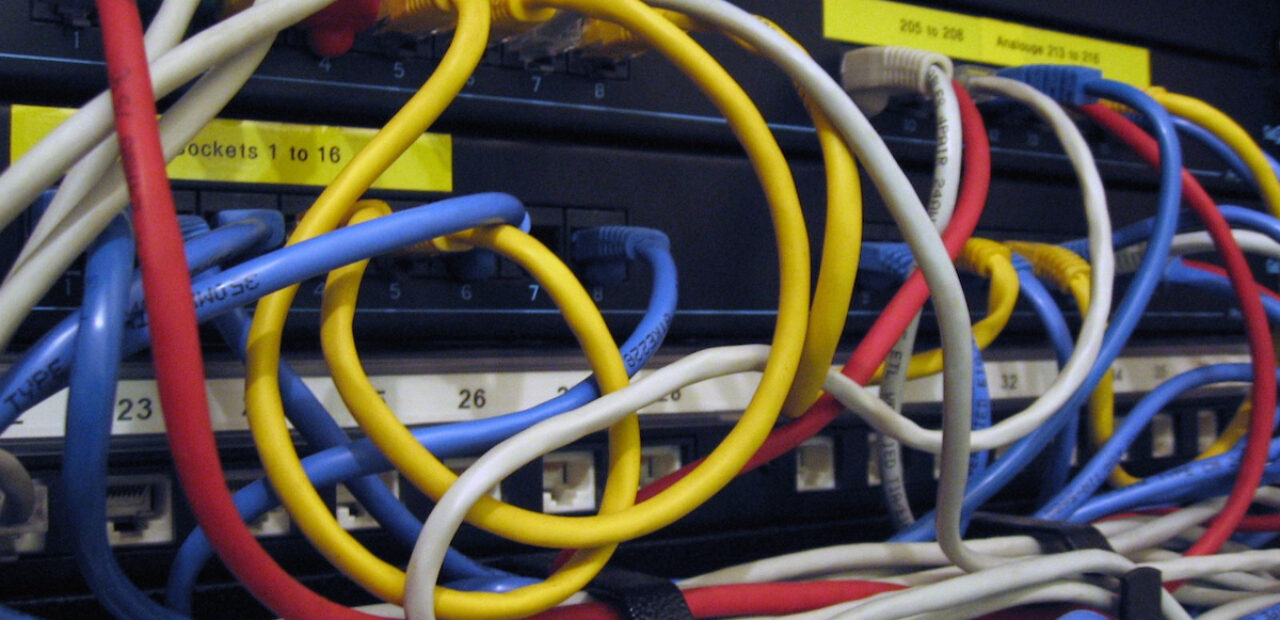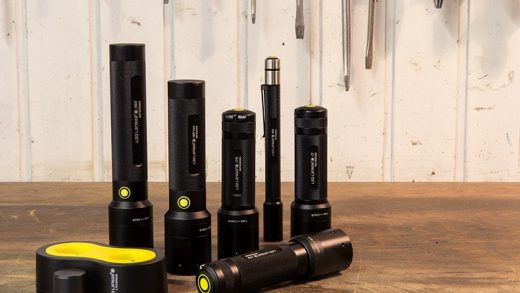Harnessing the Power of Heat Shrink Cables: A Comprehensive Guide
In the world of electrical and electronic engineering, where precision and reliability are paramount, using heat shrink cables has become an indispensable tool. These remarkable components offer a wide range of benefits, from protecting electrical connections to ensuring the longevity of wiring systems. That being said, let’s delve into the world of heat shrink cables, exploring what they are, their importance, and the diverse applications they serve.
Contents
Understanding Heat Shrink Cables
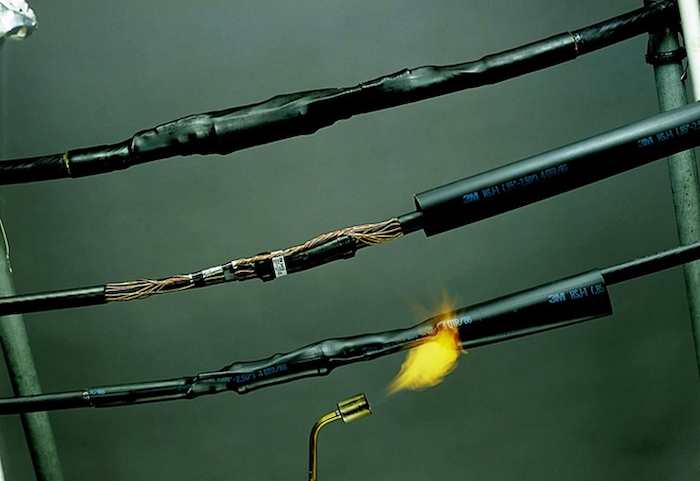
A heat shrink cable, often referred to as a heat shrink tube or heat shrink sleeve, are versatile polymer-based material designed to shrink in size when exposed to heat. This transformation is a result of the thermoplastic properties of the material, which enables it to contract and conform to the shape of the underlying objects, such as wires, cables, or connections, when subjected to the appropriate level of heat.
The composition of heat shrink cables typically consists of cross-linked polyolefin, although other materials, such as polyvinyl chloride (PVC) and fluoropolymers, may be used for specific applications. These materials are chosen for their excellent insulating properties, resistance to environmental factors, and durability.
The Importance of Heat Shrink Cables
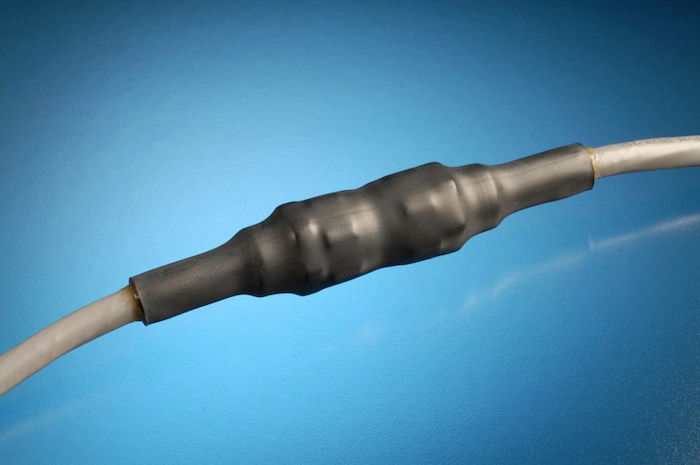
Heat shrink cables have many applications, each underlining their importance in different industries and scenarios. Below are some key reasons why heat shrink cables are indispensable:
- Insulation and Protection: One of the primary purposes of heat shrink cables is to provide excellent insulation and protection for wires and cables. The heat shrink tubing creates a barrier that shields electrical connections from moisture, dust, chemicals, and physical damage. This insulation not only ensures the safety of the wiring but also maintains the electrical integrity of the system.
- Strain Relief: Heat shrink tubing can also serve as a strain relief component. Applying heat shrink tubing to the junction of a cable and a connector, absorbs mechanical stress and prevents excessive bending or tugging on the cable. This significantly extends the lifespan of the cable and the overall reliability of the system.
- Identification and Color Coding: Heat shrink tubing comes in a variety of colours, which allows for easy identification and colour-coding of wires and cables. This simplifies maintenance and troubleshooting processes and helps ensure correct connections, especially in complex electrical systems.
- Splicing and Repair: When it comes to splicing wires or repairing damaged cable insulation, heat shrink tubing is an ideal solution. It creates a seamless and protective covering around spliced wires, ensuring a secure and insulated connection. This is particularly valuable in automotive, aerospace, and marine applications.
- Environmental Resistance: Heat shrink cables are designed to withstand a wide range of environmental conditions, including extreme temperatures, UV exposure, and chemical exposure. This makes them suitable for outdoor and industrial applications, such as in the telecommunications and oil and gas industries.
Applications of Heat Shrink Cables
The versatility of heat shrink cables has led to their application in numerous industries and sectors. Here are some of the key areas where heat shrink tubing is commonly used:
1. Electronics and Electrical Engineering: Heat shrink tubing is widely employed in electrical and electronic engineering for insulating and protecting electrical connections, splicing wires, and bundling cables.
2. Automotive: In the automotive industry, heat shrink tubing is used for wire harnesses, protecting soldered connections, and insulating components in engine compartments.
3. Aerospace: Heat shrink cables play a critical role in aerospace applications, where they are used for insulating and protecting wires and cables in aircraft systems.
4. Telecommunications: The colour-coding and insulation properties of heat shrink tubing are essential in the telecommunications sector for organizing and protecting cables.
5. Marine and Offshore: Heat shrink cables are employed in marine and offshore environments to safeguard electrical connections from harsh saltwater and environmental conditions.
6. Industrial Manufacturing: Heat shrink tubing is used in industrial settings for strain relief, insulation, and cable bundling in manufacturing machinery and control panels.
Choosing the Right Heat Shrink Cable

Selecting the appropriate heat shrink cable for a specific application is crucial to ensure optimum performance and protection. Here are some key factors to consider when choosing the right heat shrink tubing:
1. Material: The material of the heat shrink tubing is a critical factor. Common materials include polyolefin, PVC, and fluoropolymers. Consider the environmental conditions and requirements of your application to determine the most suitable material.
2. Size: Heat shrink tubing is available in various sizes, so it’s important to choose the size that fits the wires or cables you are working with. The tubing should be slightly larger than the cables to allow a snug fit once it shrinks.
3. Shrink Ratio: Different heat shrink tubing has varying shrink ratios, indicating how much the tubing will shrink when exposed to heat. Typical shrink ratios range from 2:1 to 4:1. Select a shrink ratio that aligns with your specific application.
4. Operating Temperature Range: Ensure that the heat shrink tubing can withstand the temperature range of your application, especially if it involves extreme heat or cold.
5. Colour: The colour of the tubing can serve a practical purpose, such as colour-coding wires for easy identification, or aesthetic purposes.
6. Adhesive-Lined Tubing: In applications where moisture resistance is crucial, consider adhesive-lined heat shrink tubing. This type of tubing forms a watertight seal when heated.
Installation of Heat Shrink Cables
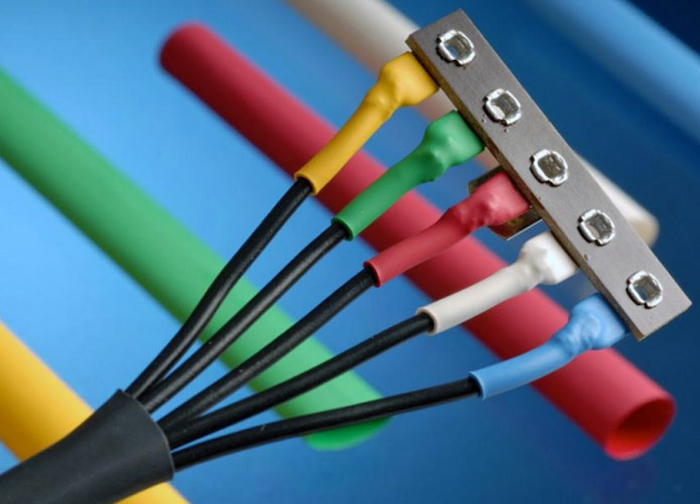
Proper installation of heat shrink tubing is essential to ensure its effectiveness and longevity. Here are the basic steps for installing heat shrink cables:
Cutting: Measure and cut the heat shrink tubing to the appropriate length, ensuring it covers the intended area completely.
Sliding: Slide the tubing over the wire, cable, or connection that needs protection.
Heating: Apply heat evenly to the tubing using a heat gun or other heat source. The tubing will shrink and conform to the shape of the underlying object.
Cooling: Allow the tubing to cool and set in its shrunken state, creating a secure and protective covering.
Maintenance and Care
To ensure the continued reliability and protection provided by heat shrink cables, regular inspection and maintenance are recommended. Here are some maintenance tips:
Periodically inspect heat shrink tubing for signs of damage, wear, or deterioration.
Replace damaged or compromised heat shrink tubing promptly to maintain the integrity of the protection it provides.
Check adhesive-lined tubing to ensure that the adhesive seal remains intact.
In Conclusion
Heat shrink cables are versatile and invaluable tools in the world of electrical and electronic engineering. Their ability to insulate, protect, and provide strain relief makes them a fundamental component in various industries, from automotive and aerospace to telecommunications and marine applications. Selecting the right heat shrink tubing and following proper installation and maintenance procedures are essential for harnessing the full potential of this remarkable technology. Whether you’re securing electrical connections, colour-coding wires, or safeguarding cables in extreme conditions, heat shrink cables are a go-to solution for ensuring the reliability and longevity of your electrical and electronic systems.

